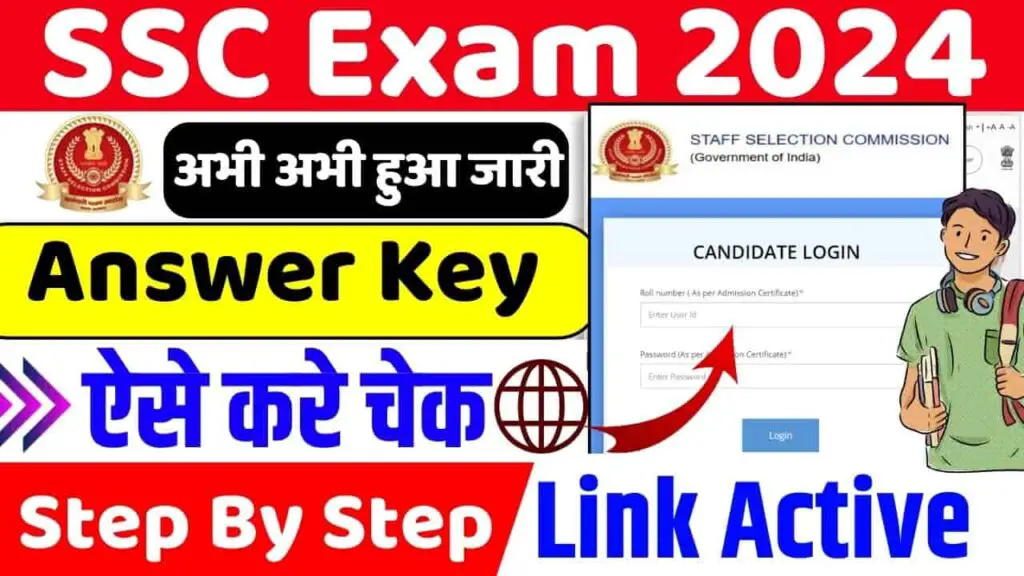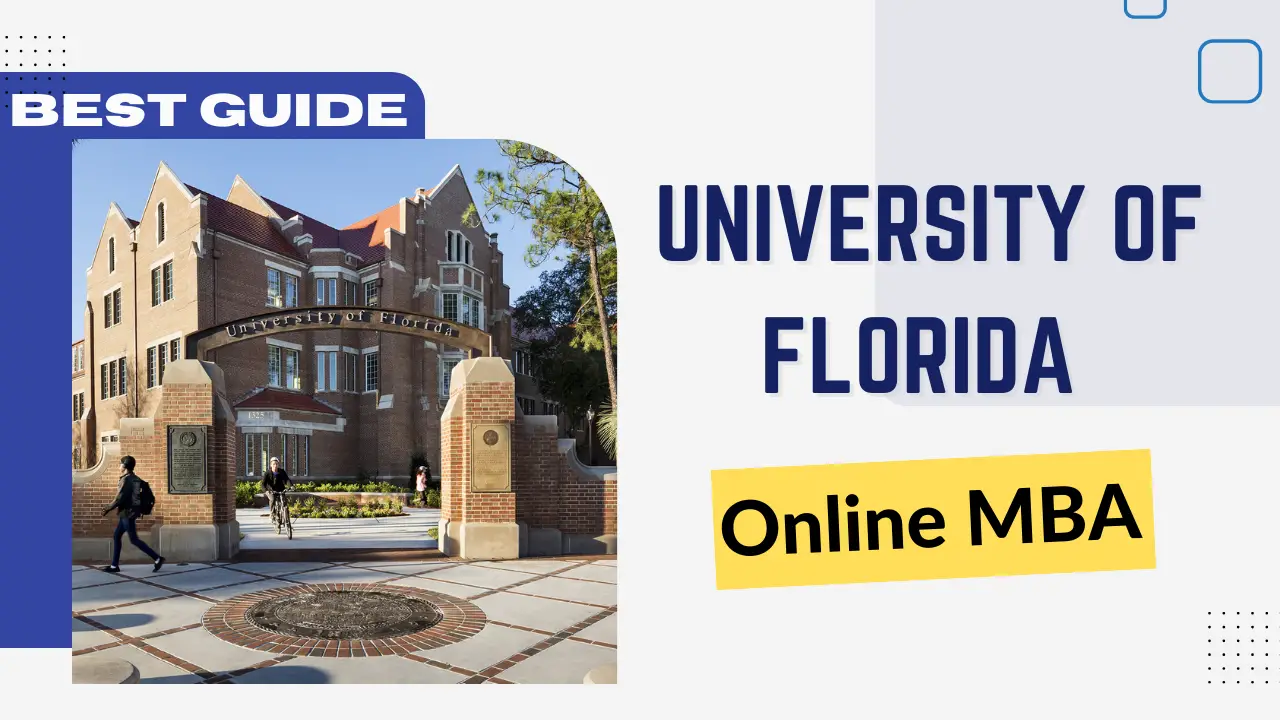Day-1 Python Programming
 |
| PYTHON PROGRAMMING DAY 1 |
Learn Python programming language from scratch and become a pro in just 30 days with our comprehensive course. From the basics of variables and data types to advanced topics like web development and machine learning, this course covers it all. Each day, you’ll learn something new and build upon your knowledge with hands-on exercises and projects. By the end of the course, you’ll have the skills to create your own Python applications and take on any programming challenge. Enroll now and start your journey to becoming a Python pro!
Table of contents
History of Python
Installing Python
Running your first Python program
Day 2: Variables and Data Types
Variables and their types
Numeric data types
String data type
Boolean data type
Type conversion
Day 3: Operators and Expressions
Arithmetic operators
Comparison operators
Logical operators
Assignment operators
Expressions and their evaluation
Day 4: Control Structures – Part 1
Decision-making structures: if-else statements
Nested if-else statements
Switch-case statements
Day 5: Control Structures – Part 2
Looping structures: for loop
While loop
Loop control statements: break and continue
Day 6: Functions – Part 1
What are functions?
Function definition and invocation
Function arguments and return values
Day 7: Functions – Part 2
Scope of variables
Recursion
Lambda functions
Day 8: Strings – Part 1
String manipulation
String indexing and slicing
String methods
Day 9: Strings – Part 2
String formatting
Regular expressions
File handling with strings
Day 10: Lists – Part 1
Lists and their properties
Creating and accessing lists
List methods
Day 11: Lists – Part 2
List manipulation
List comprehension
File handling with lists
Day 12: Tuples and Sets
Tuples and their properties
Creating and accessing tuples
Tuple methods
Sets and their properties
Creating and accessing sets
Set methods
Day 13: Dictionaries
Dictionaries and their properties
Creating and accessing dictionaries
Dictionary methods
Day 14: Object-Oriented Programming – Part 1
Introduction to OOP
Classes and objects
Attributes and methods
Day 15: Object-Oriented Programming – Part 2
Inheritance
Polymorphism
Encapsulation
Day 16: Exception Handling
What are exceptions?
Handling exceptions with try-except blocks
Raising exceptions
Day 17: Debugging and Testing
Debugging techniques
Testing your code with assertions
Using debugging tools
Day 18: Modules and Packages
What are modules and packages?
Creating and importing modules
Creating and importing packages
Day 19: Standard Libraries
Introduction to Python’s standard libraries
Using the datetime module
Using the os module
Day 20: Advanced Topics – Part 1
Decorators
Generators
Context managers
Day 21: Advanced Topics – Part 2
Threading and multiprocessing
Networking with sockets
Working with databases
Day 22: Web Scraping – Part 1
Introduction to web scraping
Requests library
Beautiful Soup library
Day 23: Web Scraping – Part 2
Scraping data from websites
Parsing HTML and XML documents
Storing scraped data
Day 24: GUI Programming – Part 1
Introduction to GUI programming
Creating windows and widgets with tkinter
Handling events
Day 25: GUI Programming – Part 2
Layout management
Menus and dialogs
Advanced widgets
Day 26: Web Development – Part 1
Introduction to web development
HTML, CSS, and JavaScript basics
Flask web framework
Day 27: Web Development – Part 1
Introduction to web development
HTML, CSS, and JavaScript basics
Flask web framework
Day 28: Web Development – Part 2
Creating web applications with Flask
Handling form data
Using templates
Day 29: Machine Learning – Part 1
Introduction to machine learning
Supervised learning
Unsupervised learning
Day 30: Machine Learning – Part 2
Linear regression
Logistic regression
Decision trees
Random forests
Day-1 : Introduction to Python
Python is a high-level, interpreted programming language that is easy to learn and use. It was first released in 1991 by Guido van Rossum, a Dutch programmer. Python is widely used in various domains such as web development, data science, machine learning, and artificial intelligence.
History of Python:
Guido van Rossum started working on Python in the late 1980s while he was working at the National Research Institute for Mathematics and Computer Science in the Netherlands. He wanted to create a programming language that was easy to learn and use, and that emphasized code readability. The first version of Python, Python 0.9.0, was released in February 1991.
Python quickly gained popularity in the 2000s, thanks to its simplicity and versatility. Today, it is one of the most widely used programming languages in the world, with a large and active community of developers.
Installing Python:
Before you can start programming in Python, you need to install it on your computer. Python can be downloaded for free from the official Python website below. You should choose the version of Python that is appropriate for your operating system.
Official Python Download Website– https://www.python.org/downloads/
Running your first Python program:
Once you have installed Python, you can start writing and running Python programs. Python programs are written in plain text files with a .py extension. You can write Python code in any text editor, such as Notepad, Sublime Text, or Visual Studio Code.
Here’s an example of a simple Python program that prints the message “Hello, world!” to the screen:
Save this code in a file with the name “hello.py”. Then, open a terminal or command prompt and navigate to the directory where you saved the file. To run the program, type the following command:
In conclusion, Python is a popular and versatile programming language that is widely used in various domains. In this chapter, you learned about the history of Python, how to install it, and how to run your first Python program. Stay tuned for the next chapter where we will learn about variables and data types in Python.
“Get started with Python Variables and Data Types – Day 2” – Read more here: https://www.aiavenue.net/2023/03/day-2-python-programming-from-beginner.html






